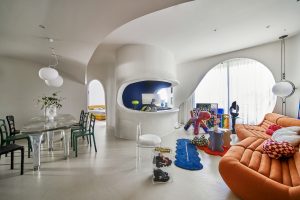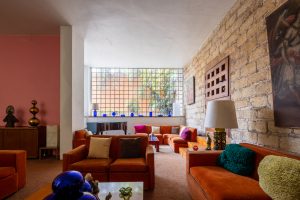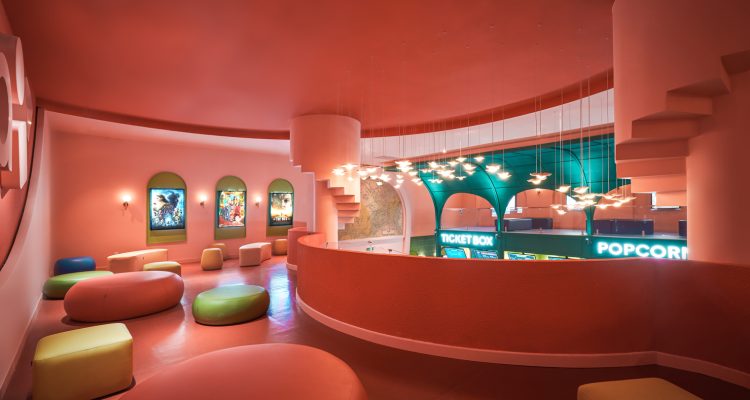Between silence and chaos, we shape our world. Every space we inhabit tells a story, evokes emotions, and influences our thoughts. Minimalism, with its lightness and purpose, invites serenity. Maximalism, exuberant and vibrant, celebrates personality in every detail. But how do these philosophies affect our minds? Understanding their psychological impact can be key to creating environments that enhance well-being and bring harmony to life.

The relationship between minimalism, maximalism, and mental states has been reflected throughout history. Trends in these styles shift with the spirit of each era, mirroring how society navigates its challenges.

Just like in fashion, where the post-pandemic period saw a strong shift toward maximalism, architecture followed suit. After months of confinement and social isolation, exuberance became a form of expression, symbolizing freedom from lockdown.

Interior spaces embraced warmer tones, vibrant elements, and meaningful objects, turning homes into sanctuaries filled with significance and a deeper connection to the world. Historically, maximalist styles tend to gain popularity after periods of significant hardship, such as major wars or global pandemics, symbolizing the energy needed for renewal.

However, as with previous cycles, this post-pandemic exuberance has given way to an opposite movement: the rise of sophisticated minimalism, often referred to as “quiet luxury.” This trend reflects changing consumer behavior, emphasizing sustainable materials and the appreciation of essentials. In interior design, it translates to prioritizing key functional pieces, reducing excess, and repurposing materials. This restrained and intentional approach is closely tied to ideas of longevity, security, and stability, aligning with contemporary challenges such as climate change.
Written by Camilla Ghisleni | Translated by Diogo Simões


Congratulation!